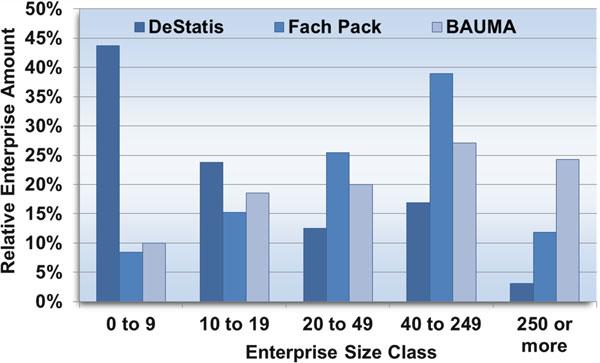36
M.W. Preikschas et al.
individuals, a chronological order of actions and reactions, and the attention of involved parties to meet the partners’ needs. It should include procedures to stimulate partners in the achievement of joint-activities and, in consequence, joint-values. The change of paradigm that highlights the cooperative nature of value creation instead of the autonomous one is associated to this idea (Payne et al. 2008). However, despite the co-creation concept gaining increasing attention in academic circles, there are still many challenges for which academics need to come up with solutions.
4.4.3
Value Co-creation via Customer Integration
Value co-creation involves dialogue and interaction between customers and suppliers during the product design, production, delivery and consumption phases (Payne et al. 2008). Through joint activities and sharing of resources, firms can develop products or services that one company could not have created on its own (Freiling 2004). This option calls for considerable collaborative effort and active partnership, where each partner is prepared to increase benefits or reduce sacrifices through monetary or non-monetary incentives. In consequence, co-creation assumes that the value is co-developed jointly and reciprocally through interaction between the provider and beneficiary through the pooling of resources and expertise. This approach contradicts the basic tenet of traditional economic theory that makes a distinction between the roles of the customer and the supplier, and views dependency negatively (Prahalad and Ramaswamy 2004). However, combining the resources of different companies in industrial relationships enables partners to achieve goals which could not otherwise be achieved alone: Value is co-created through reciprocal and mutually beneficial relationships (Vargo et al. 2008). Prahalad and Ramaswamy (2004) identified four steps for effective value cocreation processes. The first is dialogue, which allows customers to contribute their views to the development process. The second is access, although it is not necessary to own a resource or capability to achieve this. The third is risk assessment, the likelihood of harming the customer–supplier relationship. The fourth is transparency: partners no longer expect opaqueness of prices, costs and margins, and thus the information asymmetry disappears. Furthermore, firms need to commit themselves to the co-creation culture and the development of joint capabilities and cooperative innovations with their partners (Ramaswamy 2009); and the managerial culture should fully endorse the co-creative structure. In addition, value co-creation also presupposes cross-functional interaction and cross-firm working groups, to be accompanied by the definition of procedures, design of tools and measurement of the potential financial impact of identified initiatives (Cabanelas et al. 2013). The sudden appearance of co-creation on the marketing scene makes the customer— a traditionally uncontrollable force—into a key resource for developing dynamic capabilities, such as innovative or personalised solutions. The customer is now a primary integrator of resource and a core component of the value creation process.






